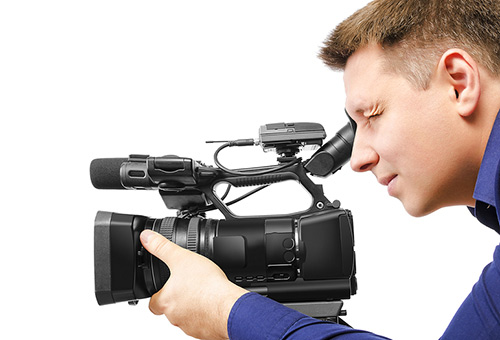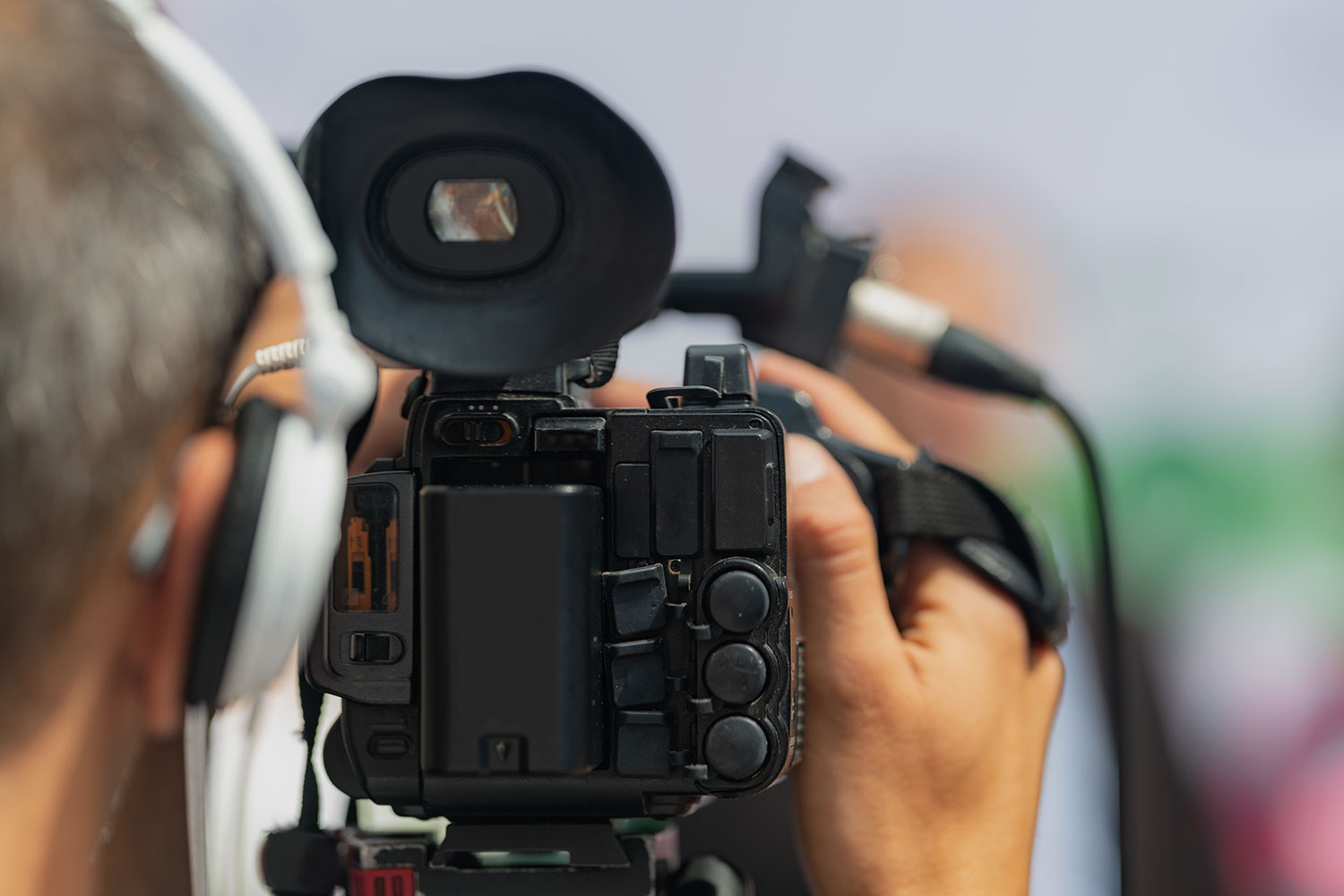Legal Videography: An Innovative Approach to Recording Legal Testimonies
Legal Videography: An Innovative Approach to Recording Legal Testimonies
Blog Article
Why Legal Videography Is Vital for Accurate Court Recordings
The role of lawful videography in courtroom settings can not be overstated, as it works as an essential device for maintaining the stability of court records. By recording both verbal and non-verbal communication, it enhances the clarity of witness testimonies and reflects the subtleties of court room interactions. This detailed paperwork not only help in minimizing prospective misunderstandings however additionally sustains appellate evaluations, consequently enhancing the judicial process. However, the effects of incorporating legal videography right into common courtroom practices raise essential concerns regarding its broader influence on the lawful system. What might these effects involve?
Relevance of Visual Evidence
In the realm of legal proceedings, the relevance of visual proof can not be overstated. Visual evidence acts as an effective tool in establishing facts, substantiating testaments, and enhancing the total quality of a case. This sort of proof, that includes photos, videos, and layouts, can provide a substantial context that verbal summaries usually lack, thus providing juries and courts a clearer understanding of the circumstances surrounding a case.
Additionally, aesthetic evidence aids in the retention of info. Human cognition is inherently aesthetic, and people are most likely to bear in mind and understand info provided in a visual layout. In the courtroom, this can be crucial, as compelling visual proof can persuade viewpoints and strengthen the narrative offered by legal representatives.
Additionally, using visual proof can decrease misunderstandings and obscurities that usually arise from spoken exchanges. By giving a straight depiction of events, aesthetic proof helps to remove subjective interpretations and fosters a more objective assessment of the realities. The assimilation of visual evidence into legal proceedings not just reinforces the honesty of the judicial process however additionally improves the chance of accomplishing a just result.
Catching Non-Verbal Cues
Making use of advanced videography methods can dramatically enhance the capture of non-verbal signs throughout legal process. Non-verbal communication, including facial expressions, body language, and eye call, plays a vital duty in sharing emotions and objectives that may not be clearly specified in verbal statement. legal videography. Legal videography utilizes high-def cams and strategic angles to make sure that these subtle cues are taped with quality and accuracy
The capability to assess non-verbal behavior can offer useful context to declarations made during court sessions. As an example, a witness's reluctance or self-confidence can be interpreted through their posture or gestures, possibly influencing the jury's perception of reputation. Furthermore, using close-up shots can aid concentrate on an audio speaker's expressions, enabling an extra nuanced understanding of the statement.
Furthermore, incorporating numerous video camera angles can produce a thorough view of interactions, highlighting dynamics in between parties entailed. This complex approach not only improves the accuracy of the court record but additionally help in maintaining the honesty of the judicial procedure - legal videography. Eventually, capturing non-verbal signs with lawful videography promotes a richer, much more complete depiction of court room proceedings

Enhancing Testimony Reliability
The integrity of statement can be considerably reinforced with using top quality lawful videography. Video clip recordings serve as an objective tool that catches not just the talked words of witnesses but likewise the nuances of their delivery, consisting of tone, pacing, and emotional expressiveness. This multifaceted documents offers a more clear understanding of the witness's integrity and purposes, which can be crucial in legal proceedings.
In addition, lawful videography minimizes the potential for misconceptions that might emerge from composed transcripts alone. When jurors can observe a witness's temperament and body language along with their testimony, they are better geared up to assess the authenticity and integrity of the proof presented. This aesthetic context can reinforce the testimonial story, making it a lot more compelling and reliable.
Additionally, the existence of a video recording can deter potential disparities in statement. Witnesses might be extra mindful in their declarations when they recognize they are being recorded, resulting in more precise and honest accounts. Generally, high-quality lawful videography improves the stability of statement, ensuring that the court has accessibility to a full and honest representation of the facts as communicated by the witnesses.
Sustaining Appeals and Reviews
Legal videography plays a vital role in supporting appeals and testimonials by offering an extensive visual document of court my latest blog post room proceedings. This aesthetic documents catches not only the talked words of witnesses and lawyers but likewise the subtleties of body movement, intonation, and court characteristics. Such elements can be pivotal in understanding the More Help context of testimonies and debates offered.
In the appellate process, where the emphasis gets on mistakes of law and procedural justness, a video record can offer as a crucial device for appellate courts. It makes it possible for courts to review the initial test context, making certain that decisions are based upon a total understanding of the procedures. The capability to visually examine the temperament of witnesses or the interactions between celebrations can reveal insights that written transcripts may overlook.

Furthermore, lawful videography can assist in clarifying ambiguities in testaments or step-by-step rulings, thereby reinforcing the basis for an appeal. By using a reliable, objective account of what transpired in court, lawful videography not only sustains the integrity of the lawful procedure however also encourages all events involved to make informed decisions regarding their situations.
Streamlining Court Room Processes
Enhancing court room performance, legal videography streamlines processes by offering prompt access to aesthetic records of proceedings. This innovation enables judges, attorneys, and courts to take another look at critical testimony and evidence, ensuring that all celebrations have a clear understanding of the case. By recording the subtleties of spoken and non-verbal interaction, videography improves the record, making it less complicated to grasp the context and weight of testaments.

Additionally, video recordings can promote remote involvement in hearings, permitting higher versatility in organizing and involvement, which is specifically important in intricate situations including several stakeholders.
Verdict
In final thought, legal videography plays an important duty in guaranteeing precise court recordings by supplying essential visual evidence that records both verbal and non-verbal communication. This method enhances the dependability of testimonies, supports appellate evaluations, and enhances court room processes. By fostering a thorough understanding of court characteristics, lawful videography ultimately adds Get More Information to more fair judicial end results, enhancing the integrity of the lawful system and facilitating educated decision-making.
Report this page